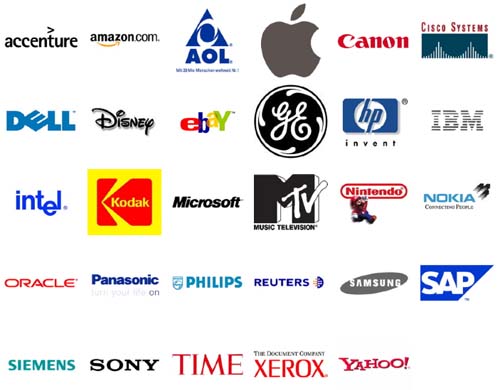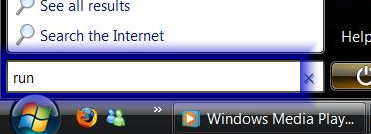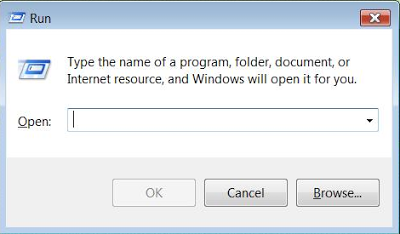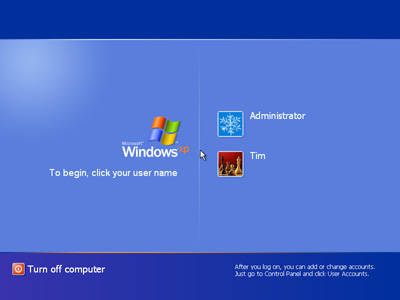Are you frustrated with your PC?
Is it feeling sluggish or crawling at a snail’s pace?
Are programs running slower than they used to?
Are you just plain fed up with frequent slowdowns, freezes or crashes?
Then it’s time to stop what you’re doing and optimize your system to improve PC performance!
Follow these 6 simple sure-fire tips to help improve PC performance and you’ll be surprised by the results! Each comes with an indication of how often you should do it.
Improve PC Performance Tip #1:
CLEAN UP YOUR WINDOWS REGISTRY (Frequency = Daily)
This is an essential, but often overlooked, task to improve PC performance. In fact most PC users are unaware of the necessity to regularly clean the Registry as Microsoft does not include a cleanup tool in any version of Windows.
Every time a program is installed it makes changes to the Windows Registry – a huge internal database of Windows’ settings. Virtually all Windows programs, and Windows itself, store a massive array of information inside the database. These thousands of entries control the behavior and appearance of virtually everything on your system.
Changes to your PC system are not always handled correctly in the Registry, leading to conflicts and the slowing down of your PC. Over time this leads to a bloated, and possibly corrupted, Registry. Reasons for this include:
- frequently installing or uninstalling programs
- removing a program which leaves traces behind
- leftover entries from a hardware uninstall
- unused drivers on your system
- Spyware or similar programs that reappear every time you reboot
You can edit the Registry manually using a Windows program called Regedit, but this is really a job best left for hardened PC experts.
Thankfully, programs are available that can clean up your Registry automatically to help improve PC performance, such as “Registry Optimizer ’06”. This scans your Registry, looks for entries that are redundant or invalid and lists them so that they can be corrected with one mouse click. As an added bonus, to improve PC performance, it runs automatically in the background every time you start your PC.
Improve PC Performance Tip #2:
EMPTY THE RECYCLE BIN (Frequency = Weekly)
Regularly empty Windows’ Recycle Bin.
This will release hard drive space and help improve PC performance.
When you choose to delete a file, rather than removing it completely from your computer, Windows first puts it into the Recycle Bin. This gives you a second chance, as it means you can restore flies from the Recycle Bin back to their original place on your computer.
To ensure optimum PC performance, empty your Recycle Bin weekly (or even daily). To do so, right-click the Recycle Bin icon on your desktop, and choose Empty Recycle Bin.
Improve PC Performance Tip #3:
REMOVE PROGRAMS (Frequency = Monthly)
Installing programs is easy – but once you have, it’s just as easy to end up leaving them languishing, forgotten, on your hard disk.
Most programs come with their own uninstaller. You’ll find this under the program’s entry in All Programs, from the Start menu.
If the program doesn’t come with its own uninstaller, open Control Panel from the Start menu, and double-click Add/Remove Programs. Your PC will pause briefly while it gathers a list of all the programs you have installed.
Once it has done so, find the program you’d like to get rid of, click it and then select Change/Remove.
Be aware that some programs leave uninstalled traces all over the Windows Registry! Therefore, to improve PC performance after an uninstall, it’s essential to clean the Registry.
Improve PC Performance Tip #4:
RUN DISK CLEAN UP (Frequency = Monthly)
Windows’ Disk Clean Up is a fantastic built-in utility that automates regular maintenance tasks to improve PC performance, such as deleting Temporary Internet files, Setup log files, etc.
To start Disk Clean Up, double-click My Computer, right click on your ‘C:’ drive and then select Properties. Now click Disk Cleanup. Your computer will then spend a few moments analysing itself.
When it has completed the audit Windows will give you a list of areas where it has found files to cleanup. To clean an area, put a tick in the box next to it. To leave something intact, such as Temporary files, just remove the tick next to the item and click OK.
Your computer will then begin the removal process to improve PC performance – this can take some time.
Improve PC Performance Tip #5:
DISK DEFRAGMENTATION (Frequency = Quarterly)
When Windows stores programs on your PC hard disk it saves fragments of files in the nearest empty spaces.
This slows down your PC as it has to spend time hunting down the fragments and piecing files together.
There is a simple cure – running the Windows program Disk Defragmenter. This gathers together the fragments of programs and puts them back in the right order.
This makes it far easier for your hard disk to find what it’s looking for, enabling programs and files to load more quickly – a sure-fired way for improving PC performance.
To defragment your hard disk click Start, All Programs, Accessories, System Tools and then Disk Defragment. When the program has loaded, click Defragment.
The process can take well over an hour. Because defragmenting your hard disk takes such a long time, you really don’t want to go through the process too often.
Defragment your hard disk every 3 months or so – this way you’ll get the best results and optimize the performance of your PC.
Improve PC Performance Tip #6:
EMPTY THE PREFETCH CACHE (Frequency = Quarterly)
To improve the time it takes to load programs, Windows guesses which files are likely to be needed next and loads them into a pool or ‘cache’.
This process is called prefetching, and it generally works well. Overtime, though, the prefetch cache can become clogged with files you no longer need – and that can slow down Windows’ startup.
To clear Prefetch, choose Run from the Start menu, and enter Prefetch into the text box that appears. When you’ve done that, you’ll be confronted by a window filled with icons. Press Alt+A to select them all and press Delete.
The cache will quickly refill with links and files that Windows really needs. As a result, your system will feel more responsive and benefit from a PC performance improvement.
So there you have it, 6 sure-fired PC performance tips to revitalize your PC. Now you know how to improve PC performance – simply follow these steps and repeat them regularly.
 Surprise yourself along with your friends with this amazing MAGIC TRICK you can perform easily with the help of your PC and Internet Connection..
Surprise yourself along with your friends with this amazing MAGIC TRICK you can perform easily with the help of your PC and Internet Connection.. These are some of the greatest Brand Names on the Internet.
These are some of the greatest Brand Names on the Internet.
 Google adds in new functions in its search every year. A couple of years ago, it quietly added the ability to calculate mathematical equations right from the search box.
Google adds in new functions in its search every year. A couple of years ago, it quietly added the ability to calculate mathematical equations right from the search box. This morning I came across a question in in my community .So it urged me to post this article. The question that he asked was ‘
This morning I came across a question in in my community .So it urged me to post this article. The question that he asked was ‘




